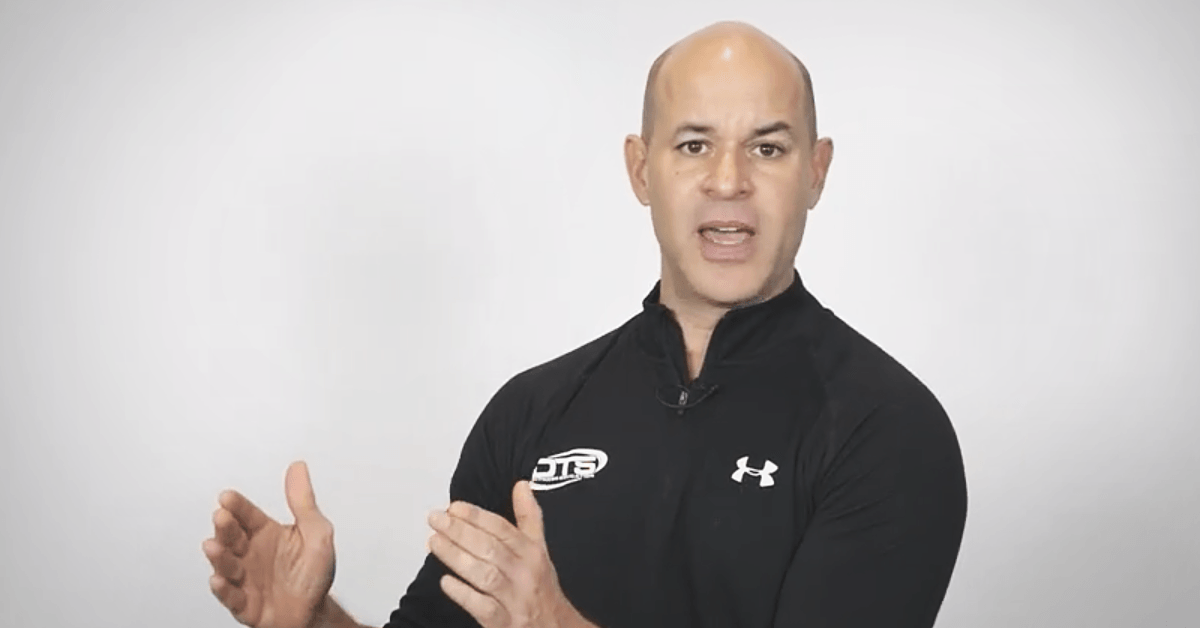Here’s the good news: You guys are killing it. As a group, personal trainers are more qualified than ever. You’re earning college degrees in our field and racking up the certifications.
The number of accredited educational programs and certifications is on the rise, according to the ACSM. So is the number of graduates with bachelor’s degrees in exercise science. And a recent survey from Brown University found that 97 percent of personal trainers hold either a college degree or certification. Some 64 percent have an exercise-related bachelor’s degree, and 42 percent have a master’s.
And your knowledge isn’t just deeper. It’s also broader, as trainers continue to become more holistic in their approach, emphasizing not just iron but all lifestyle factors that contribute to health and wellness.
For all this, you should be proud.
But—and you knew there would be a “but”—I’ve noticed an unfortunate byproduct of this positive trend. More and more fit pros are assuming the role of educator and neglecting the role of teacher.
An educator is like a college professor lecturing from the front of the room. A teacher covers the basics and checks in with her students to make sure they understand the lesson. An educator looks for an opening to share esoteric knowledge about human anatomy and the mTOR pathway. A teacher focuses on each client’s ability to hip hinge, squat, and row.
It’s like a piano instructor lecturing a student on music theory before showing her where to put her fingers on the keys.
We have a saying at DTS Fitness Education: Advanced skills are the basics mastered. Being an educator is an advanced skill; if you want to be a great one, you first have to master the basics of teaching.
As with anything, you begin with the fundamentals and go from there. Movement, for a trainer, is the foundation on which you build results. It impacts everything from joint health and muscle growth to stress management and sleep quality.
So start there. Teach your client to move—to push, pull, bend, and squat. Once your client has her GED in the fundamentals, you have the green light to unload your vast knowledge about exercise science and kinesiology. (Maybe not all on the same day.)
These days, everyone wants to build their brand or become insta-famous. And that’s fine. But we need to put equal emphasis on the craft of teaching. So yes, aspire to become an educator, but put the work in to be a great teacher first.
I’ll say it again: Advanced skills are the basics mastered. Consider this your teacher’s manual.
READ ALSO: What Do You Do with a Client Who Wants Too Much, Too Soon?
1. Forget everything you’ve learned
Becoming a master in your field is great. It’s also the problem. You’re so awesome you’ve forgotten how hard it can be just to hinge at the hips.
All that advanced knowledge has changed the way your brain works, impairing your ability to think about the basics at a level that makes sense to your client. Start too advanced, and your client will quickly become discouraged.
When training clients, think “grade school teacher,” not “college professor.” Always err on the side of clarity and simplicity, even if it means speaking to your client in a way a 10-year-old would understand.
READ ALSO: 10 Coaching Tips to Help Beginner Clients
2. Figure out your process, and stick to it
The biggest teaching mistake I see trainers make is this: They’re not systematic. They jump around from thought to thought with no regard for process.
But that’s not how learning works. You can’t just pour a series of disjointed facts into your client’s head and expect anything to stick. You have to be purposeful. Have a clear objective in mind and work toward it.
Every trainer should be asking, “What’s my process for taking clients from A to B?” (Until you figure out yours, you can borrow mine.)
3. Use external and nonverbal cues
External cues get you out of your head by focusing your attention on an outcome. Research shows they’re much more effective than internal cues, and may even be key to improving motor skills.
A cue doesn’t always need to be verbal, either. In fact, I recommend saying as little as you can.
If I have a client who hinges by bending at the knees instead of the hips, I’ll have her do hip hinges on her knees. That way, she’s forced to bend at the hips. She has no choice.
I also like to have clients do kettlebell swings with a plastic cone between their legs. If they bend their knees to swing the bell, they’ll hit the cone. But if they hinge properly, they won’t.
When teaching how to punch in our striking class, I’ll have the student stand with her arm against a wall. That forces her to keep her elbow in when throwing a punch, and to pull it straight back instead of too low.
Cues like this encourage your client to correct herself, without your having to say a word.
READ ALSO: Top Coaches Share Their Most Effective Coaching Cues
4. Demo moves in a prescriptive way
Most trainers know to demonstrate the moves. The mistake they make: Focusing too much on what not to do.
They’ll say: “Don’t move your head forward.” “Don’t do this with your knee.” “Don’t let your hips sag.” They demonstrate every possible mistake—before they even know if their client would’ve made that mistake in the first place.
Try to be more prescriptive: Focus just on what you want your client to do.
5. Give a pop quiz
Have your client repeat back all the cues you just gave her. Can’t do it? Those cues did not resonate with her, and that means they’re not effective. Go through them with her again, this time with fewer words.
6. Correct only what your client does wrong
After your client does the move for you, be sure to correct only the parts he got wrong. If he didn’t get it wrong, then there’s no need to correct it. He’s got it. Your work here is done.
READ ALSO: Don’t Let Your Clients Butcher These Three Exercises
7. Say less
A good teacher uses as few words as possible. When you do speak up, your client knows it’s important and he should pay attention.
Extra details will only distract from the main lesson. Your client doesn’t need to know how the glutes attach to the pelvis or how they’ve been weakened by a modern lifestyle. He just needs to know to squeeze them during a move.
8. Tell your client “good job”
All students need encouragement. Praise and recognition can be motivational. So say “Good job,” give a thumbs-up, or offer a fist bump.
Just be sure you mean it. It does your client no good to reinforce mediocre performance when you know he can do better.
READ ALSO: Supercharge Your Client’s Motivation
9. Use visual aids
Showing is better than telling. Take a photo or video of your client performing a move at the beginning of a session, and then again at the end of the session. Show him both so he can see how he’s improved. (Some apps will even let you display two photos side-by-side.)
Clients love this. They get excited to see the video, and that excitement helps engage them in the process.
Plus, it’s better than checking your form in a mirror, which may distract your client from noticing how the move feels (important for learning), and can even put your client in a bad position as he adjusts to see himself clearly.
10. Give homework
Your client needs to work on hinging? Tell her to perform 10 hip hinges every day until you see her again. When you do see her again, follow up. (“Can you show me your homework?”) Good teachers hold their students accountable.
Bonus points if the assignment helps your client learn to use the movement in everyday life. Here’s one I like for parents with young children: Have them tell their kids to stand right between their legs—in the same spot you’d place the weight to prepare for a kettlebell swing—anytime the kid wants to be picked up. Then have the kid say, “I’m a kettlebell!” The parent’s back will be in a safer position, and the kid’s prompt will remind her to lift the right way.
READ ALSO: Four Safer Alternatives to the Barbell Deadlift
11. Have fun
Think about your favorite teacher. What do you remember the most? Do you remember your immaculate notetaking? Or the riveting textbook? Or the teacher’s impressive credentials?
Of course not! You remember how much fun you had in class.
Great teachers are engaging and inspiring. They have a sense of humor and don’t take themselves too seriously. So yes, nail down your process. But don’t forget to leave room for a little spontaneity too.











